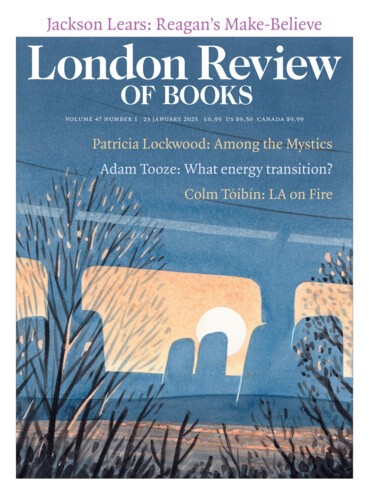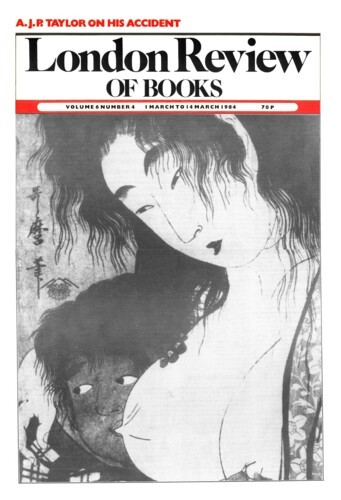Even in the days of what is now called ‘classical realism’ it was understood that plot, as a human contrivance meant to suggest intelligible causal relations between history-like events, could sometimes seem to be shadowed by other and larger plots, of uncertain and superhuman provenance. The relation between the two sorts of plot will vary – it is not the same in George Eliot and Hardy, but in both there is such a relation. Later, when to be modern meant to be inquisitive about technical refinement, one might have the story told by somebody unaware of its larger plot, which is what Ford Madox Ford arranged.
Ford was a Catholic of sorts, but it may be that it takes writers of more profound or more extreme religious conviction to express the relation of the human and the supernatural plots. Such writers were the subject, some thirty years ago, of Conor Cruise O’Brien’s Maria Cross, and anybody who doubts that the relation between human and divine plotting can be rich to the point of scandal should look again at that splendid book, with special attention, perhaps, to Léon Bloy: the membrum virile as symbol of the Cross, male orgasm of the death of Christ (emisit spiritum) etc. Less amazing artists – Muriel Spark, for example – might accept the more temperate Christian realism of Auerbach: each event signifies ‘something other’ but ‘without prejudice to the power of its concrete reality here and now’.
William Golding is obviously in some sense a religious writer, though not Catholic, and the formula of Auerbach applies reasonably well to what he attempts. But he is concerned with the interpenetration of man-made and supernatural plotting rather from the point of view of one who sees the latter not insinuated but violently and imperiously intruded into the former. Such intrusions are part of what his latest hero calls asisness, or Istigkeit, part of the here and now, not really a matter of two-level plotting but a bizarre fusion that is simple and single. Anybody who has suffered as much sophomoric critical comment as Golding would be as fed up as he is with attempts to explain all this by taking it apart, and some of his disgust gets into the new book. Yet it cannot be true that such books invite no comment beyond ‘this is how, according to him, things are’; they invite and require the interpretative efforts he finds so tedious.
It is partly because of the nakedness of this invitation that some prefer to leave Golding to the academics. Another reason might be that something about his work stirs unhappy memories of fashions too recently discarded – of Mauriac, say, and his wish to ‘make perceptible, tangible, odorous, the Catholic universe of evil’, here repeated without even the sanction of orthodoxy, and a generation too late. Thus the remarkable intensity of The Spire may be called barren; the union of spiritual achievement and human corruption is not a topic that often comes up in our world, but if it had a more orthodox basis it might pass. Then we could relate it to a very long tradition of Christian conceits, with a secure foothold in European literary traditions. But the spirituality of The Spire can seem too hectic and even too literary to be treated thus, and the supernaturalism of Darkness Visible may be read as a forced manicheanism, a sort of going it alone outside the tradition – the kind of thing Arnold thought provincial.
Send Letters To:
The Editor
London Review of Books,
28 Little Russell Street
London, WC1A 2HN
letters@lrb.co.uk
Please include name, address, and a telephone number.



